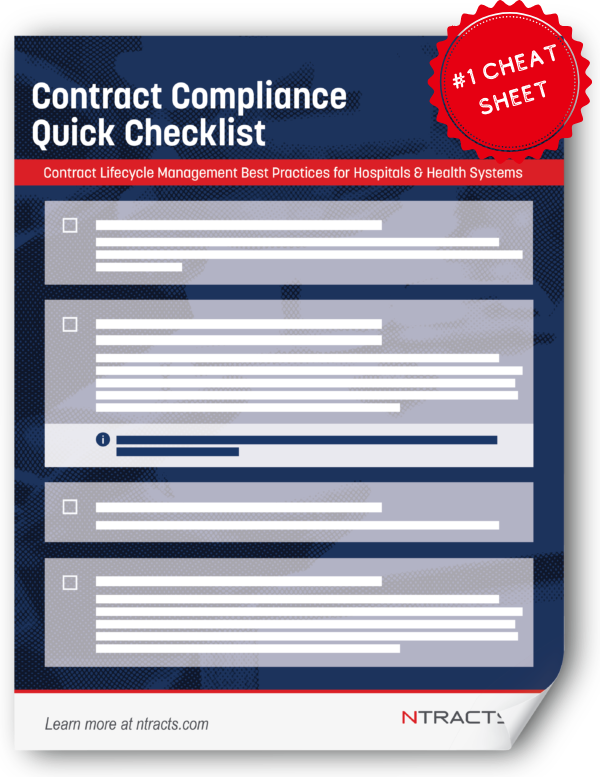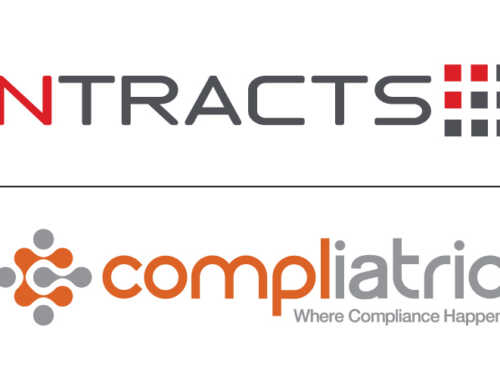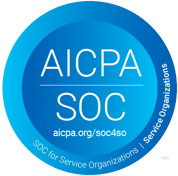As healthcare professionals, physicians are entrusted with the physical well-being of their patients. However, the responsibility does not end there. Physicians must also navigate the complex web of healthcare compliance regulations designed to ensure that patient care is delivered ethically, lawfully, and in a manner that promotes trust and integrity in the healthcare system.
The stakes are high, as failure to comply can result in significant penalties, including fines, exclusion from federal health programs, and the imposition of Corporate Integrity Agreements (CIAs).
Staying updated on laws and statues including the Stark Law and the Anti-Kickback Statute is crucial for healthcare organizations to maintain compliance and avoid legal challenges. In 2020, the Office of Inspector General (OIG) released updates to these statutes providing clarity on several key aspects. In the years since then, we’ve closely monitored trends from the courts to suggest what updated approaches healthcare organizations should incorporate into their day-to-day operations. In this blog, we’ll include an overview of the relatively recent regulatory updates and their implications.
Overview of Stark and Anti-Kickback Updates:
The updates to Stark and anti-kickback statutes, announced in 2020, introduced clarity in definitions surrounding Fair Market Value (FMV), commercial reasonableness, and their impact on value-based arrangements. These changes also relaxed and clarified documentation requirements, offering healthcare organizations more flexibility in their operations.
- New Compensation Opportunities and Increased Scrutiny:
One significant aspect of these regulatory updates is the introduction of new compensation opportunities, allowing for enhanced alignment to achieve value-based purposes. However, these opportunities also come with the caveat of heightened government scrutiny. With detailed expectations set by the government regarding FMV, volume/value of referrals, and commercial reasonableness, healthcare providers should anticipate increased scrutiny on their operations. According to Ritu Cooper, Hall Render Attorney, compensation committees or policies have historically been in place to trigger further review of arrangements that fall outside the 50th to 75th percentile range. However, there has been a shift in understanding regarding fair market value (FMV), moving beyond mere reliance on survey data to determine compensation. The government’s recognition that FMV can encompass more than survey data has prompted healthcare providers and physician groups to engage in more deliberate discussions at the committee or board level.These discussions focus on identifying extenuating circumstances that justify higher compensation, such as the need to retain exceptional physicians or address recruitment challenges. The emphasis is on ensuring that compensation is not tied to capturing referrals but rather to meeting genuine organizational needs. Documentation of commercial reasonableness now involves detailing the commercial need, recruitment efforts, and any barriers to recruitment, leading to more informed decision-making by compensation committees.
- Collaboration with Third-Party Advisors and Documentation Requirements:
To navigate the complexities of valuation and commercial reasonableness assessments, healthcare providers are increasingly engaging in collaboration with third-party advisors. Additionally, there’s a greater need for comprehensive documentation of FMV and commercial reasonableness throughout an arrangement’s lifecycle, from its inception to ongoing management.
Evolving Processes
As healthcare organizations adapt to regulatory changes, both legal and contract management processes are evolving to reflect the most recent healthcare compliance standards and best practices.
- Contract Management Evolution:
With these updates, at Ntracts, we’ve seen our clients turn their focus to streamlining and centralizing contract workflows, integrating contracting and compliance best practices, especially in the context of mergers and acquisitions where inconsistencies may arise. This involves ensuring robust contract initiation, diligence, review, approval, and signature processes with appropriate checks and balances. Education and engagement of end-users are also prioritized, with a focus on understanding both the functionality of Contract Lifecycle Management (CLM) solutions and internal processes and policies. - Legal Process Considerations:According to our partner, Hall Render, providers are taking a systematic approach to leverage the changes brought about by Stark and Anti-Kickback updates. Key stakeholders, including internal personnel, outside counsel, and appraisers, are engaged to ensure alignment and strategic collaboration. Education of key personnel across departments is emphasized, enabling finance, contracting personnel, and key committees to understand and strategize around the updated requirements.Providers are also operationalizing technical changes by reviewing and updating policies, processes, and contract terms, and assembling working groups to analyze and capitalize on regulatory changes effectively.
Improving Commercial Reasonableness Documentation and Performance Metrics
The importance of appropriate documentation and performance metrics cannot be overstated. In recent conversations with industry experts, we delve into the significance of these factors, particularly concerning commercial reasonableness and oversight of value-based arrangements.
- Enhancing Documentation for Commercial Reasonableness:
With a clear definition of commercial reasonableness in place, healthcare providers are now focusing on improving documentation practices to ensure compliance. Compensation committees play a crucial role in this process, with many providers establishing detailed charters outlining their purpose and participating in regular compliance training and trend analysis.These committees are tasked with creating solid records for compensation arrangements, especially under challenging circumstances such as those posed by the COVID-19 pandemic and changes in the Medicare Physician Fee Schedule (MPFS). For instance, in cases where extenuating circumstances justify higher compensation for physicians, committees must ensure clear documentation of these circumstances. This includes factors such as community and accreditation needs, which should be carefully considered and documented for each individual contract. Physician contract lifecycle management software, should be utilized for establishing baseline performance metrics. These metrics should facilitate effective use of CLM systems to enhance documentation and support within healthcare organizations. By integrating CLM into their processes, organizations can streamline documentation practices, bolster compliance efforts, and ensure alignment with regulatory requirements.
Recommended Oversight of Value-Based Arrangements
As the healthcare landscape shifts towards value-based care models, establishing performance metrics and ensuring ongoing oversight throughout their lifecycle, not just at the onset, of value-based arrangements is paramount.
During the diligence phases of a contract, it’s essential to capture appropriate data points and implement checks and balances to evaluate performance effectively.
For new arrangements, clear documentation of commercial reasonableness factors and performance expectations is crucial. We cannot overstress the need to document key decision points such as the intent and purpose of the contract, especially in value-based arrangements, along with performance expectations and measurements.
These expectations should not only be documented but also regularly reviewed and approved throughout the contract’s lifecycle. To facilitate this process, healthcare organizations should leverage CLM software that enables the tracking and monitoring of contract performance.
Ntracts’ CLM makes it easy and as efficient as possible to record these metrics. With the data collected, Ntracts provides advanced reporting features and allows for the utilization of data points for compliance and ongoing management. Notifications within the CLM system not only alert responsible parties about contract expirations, renewals, and critical evaluation points; also send recurring notifications, scheduled quarterly or as needed, ensure that contracts are continuously evaluated to ensure they align with their original intent and serve their purpose effectively.
Staying compliant with Stark and Anti-Kickback laws requires not only a thorough understanding of the regulations but also proactive adaptation of legal and contract management processes to align with evolving compliance standards and best practices.
In conclusion, embracing change and fostering collaboration across departments, improving documentation practices, and establishing clear performance metrics are essential components of effective contract management for physician groups and healthcare organizations. By leveraging physician contract management software and implementing robust oversight processes, healthcare organizations can confidently navigate regulatory complexities and ensure compliance while delivering high-quality care in value-based arrangements.



![[Webinar On-Demand] Compliance Program Effectiveness: From Mystery and Mayhem to Mastery and Metrics](https://www.ntracts.com/wp-content/uploads/2025/01/WOD-Thumbnail-scaled-500x383.jpg)

